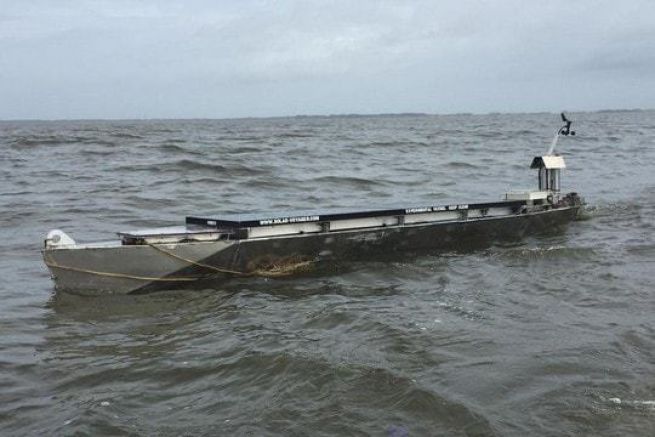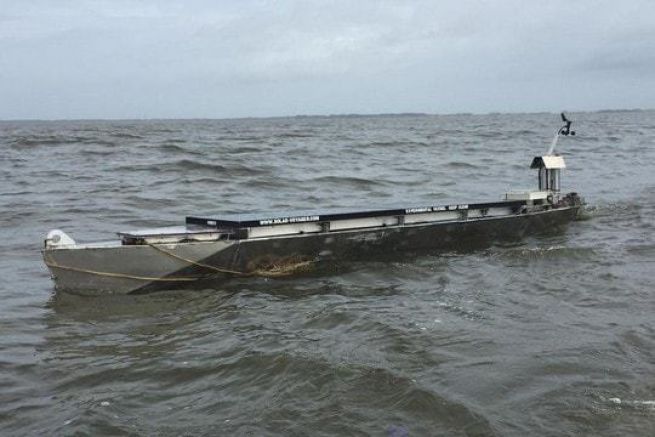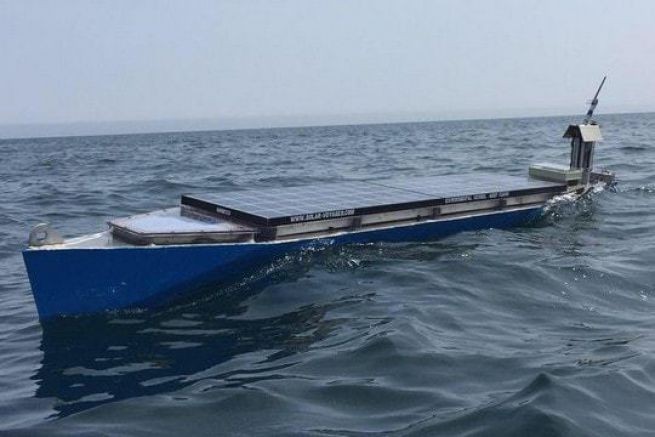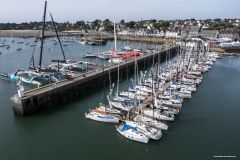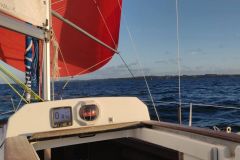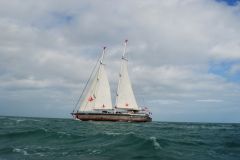Solar Voyager is an autonomous boat designed to cross the Atlantic from the United States. It is 4 m long and 1 m wide and is covered by two solar panels, which are its main power source. This 1 er on June 1, 2016, he left the east coast of the United States to travel to Portugal (where France depending on weather conditions) after a 4-month crossing, depending on weather conditions.
Throughout his journey, he will broadcast satellite data on his position and trajectory, to be followed here . It must also follow a predefined route through waypoints along the way.
Solar Voyager was designed in Singapore, its hull built in the United States and the electronics manufactured and assembled in Singapore. The hull is made of aluminium, which gives the boat a weight of 250 kg, but ensures greater strength and impact resistance. Although it damages the boat in terms of efficiency, this additional weight provides additional inertia to ensure the stability of the boat.
Solar Voyager has two watertight compartments sealed inside the hull to prevent the boat from sinking in the event that the other compartments are compromised.
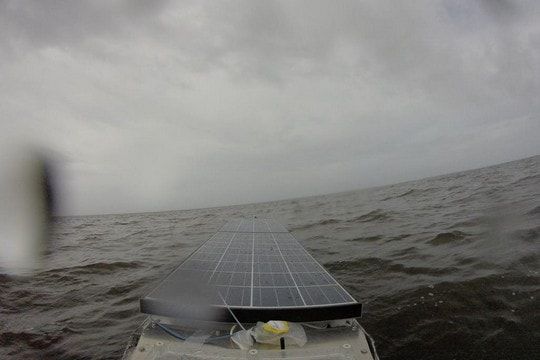
Solar panels as a guarantee of propulsion
This autonomous boat is equipped with 240 Watts of solar panels, which generate up to 7 kWh per day in summer or up to 3 kWh per day in winter. It will travel at a maximum speed of 5 km/h.

Satellite coverage
The boat is connected to the Iridium satellite constellation, which allows it to have global satellite coverage all over the world, across all continents. With 66 satellites in orbit, Solar Voyager is able to transmit its position from anywhere.
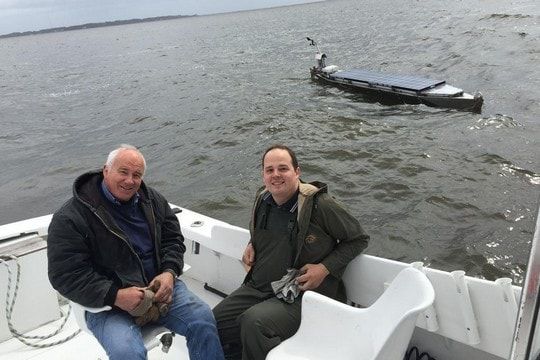
The project of two friends
This project was born in 2013 from the idea of Isaac Penny and Christopher Sam, who spent their free time designing their boat. They were able to count on the support of the Gloucester Maritime Heritage and Center and the Port of Gloucester, Massachusetts and the help of many people.
